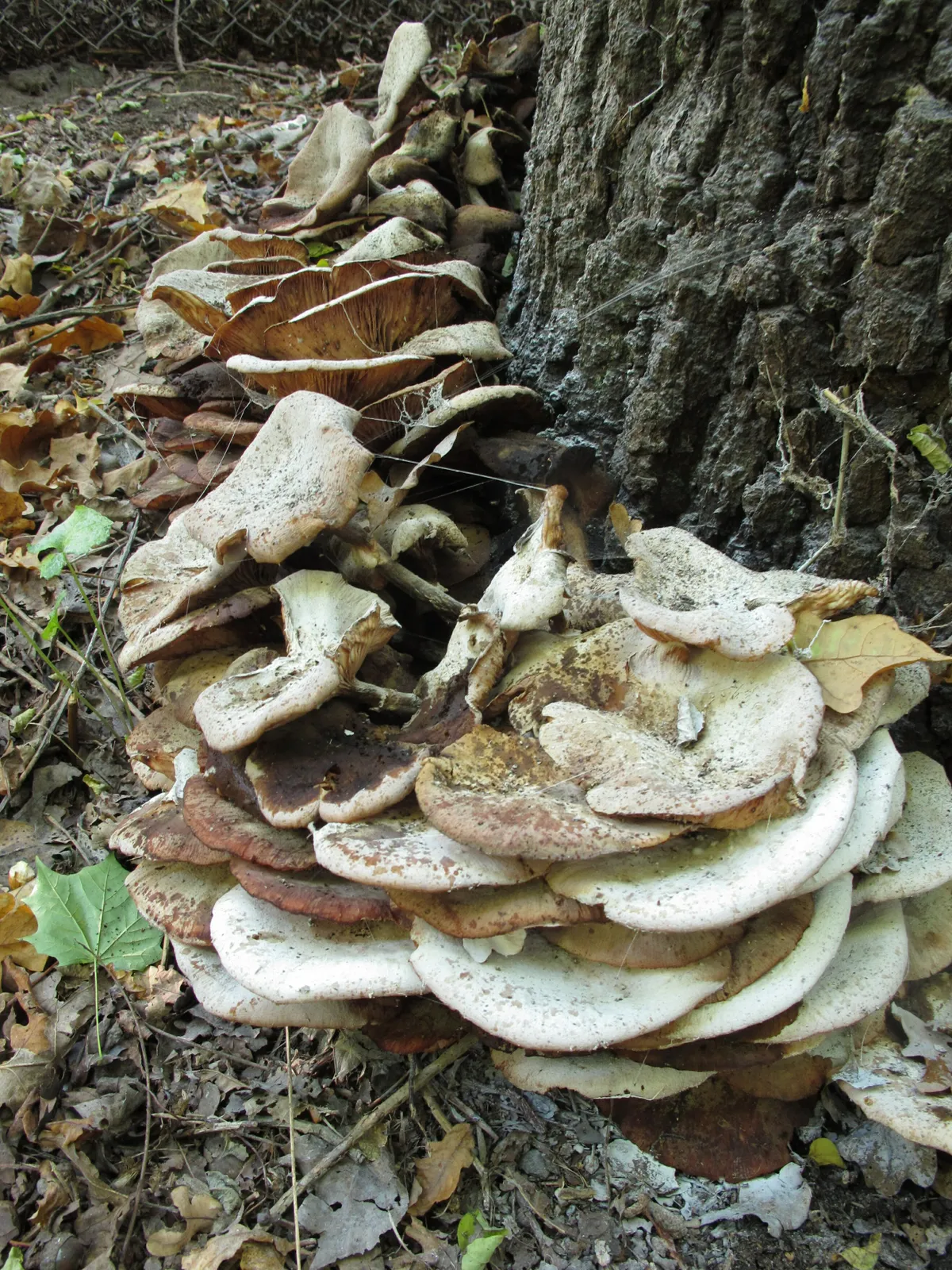The RHS has released a list that reveals how best to mange honey fungus, one of the most frequently reported plant complaints in UK gardens.
Honey fungus usually appears at the start of autumn when honey-coloured toadstools appear, attack and kill the roots of woody and perennial plants. The disease itself is hard to eradicate, as it lives within extensive root systems underground and easily spreads, even if the infected plant has been removed.
RHS pathologists looked at more than 5,000 records of confirmed cases of honey fungus and a study into susceptibility by the University of California and have come up with a list of plants to avoid if the disease is present in your garden. The plants on the list are ranked in order from low susceptibility to moderate susceptibility and high susceptibility.
Plants in the Myrtales order of flowering plants – including myrtle and fuchsia – and Ericales – including camellia and heather, tended to have low susceptibility. But those in the Saxifragales – such as liquidambar and witch hazels – were highly susceptible.
The advice from the RHS is that if honey fungus appears in your plot or your neighbours' plot to consider planting things with low susceptibility to honey fungus, which will help to limit the spread of the plant.

Honey fungus has topped the RHS annual pest and disease ranking for 23 years. Warmer and drier summers have exacerbated the fungus, because stress levels of plants have increased which makes them more susceptible to attack.
Matthew Cromey, senior plant pathologist at the RHS, said: "The RHS has long advised on what plants might be best avoided if honey fungus is a known problem on your plot but this new research, for the first time, also accounts for a plant’s popularity in gardens and therefore the diseases’ likely true impact. Following the planting advice isn’t a guarantee against the disease but a sensible precautionary measure akin to practicing good plant hygiene."
Read plants on the list below
Low susceptibility to honey fungus
- Olive
- Yew
- Laurel
- Honeysuckle
- Box
- Lavender
Moderate susceptibility to honey fungus
- Apple
- Maple
- Prunus
- Magnolia
- Rose
- Hornbeam
High susceptibility to honey fungus
- Privet
- Lilac
- Leyland Cypress
- Vibrunum
- Hawthorn
- Eleagnus
For the full list of plants on the list head to the RHS.